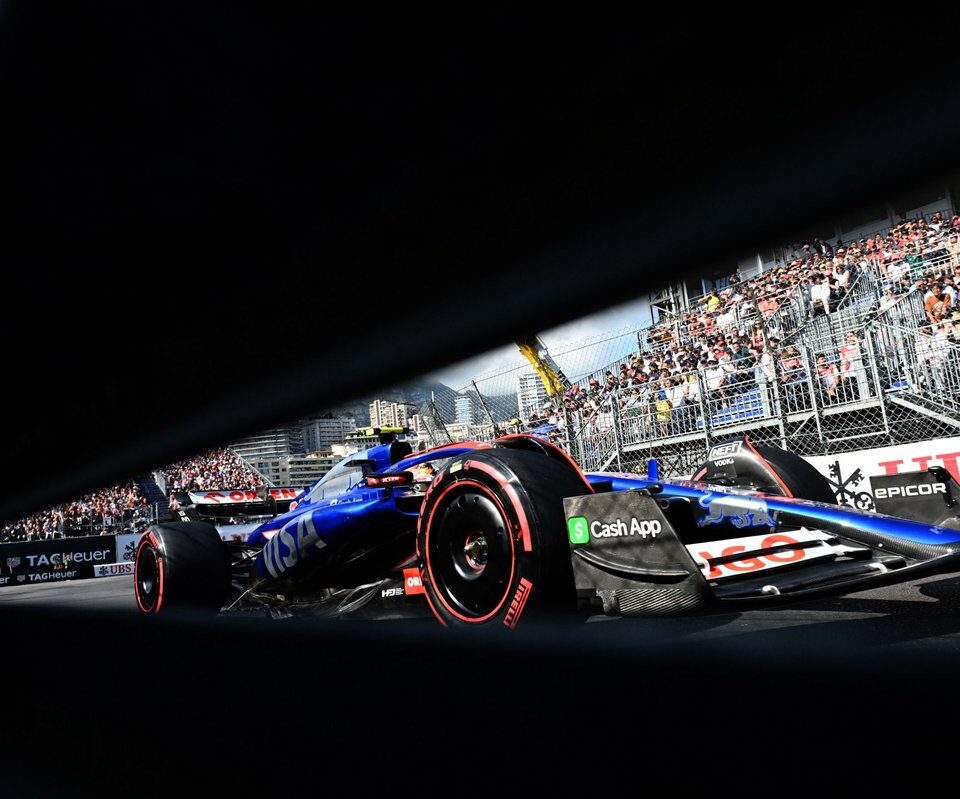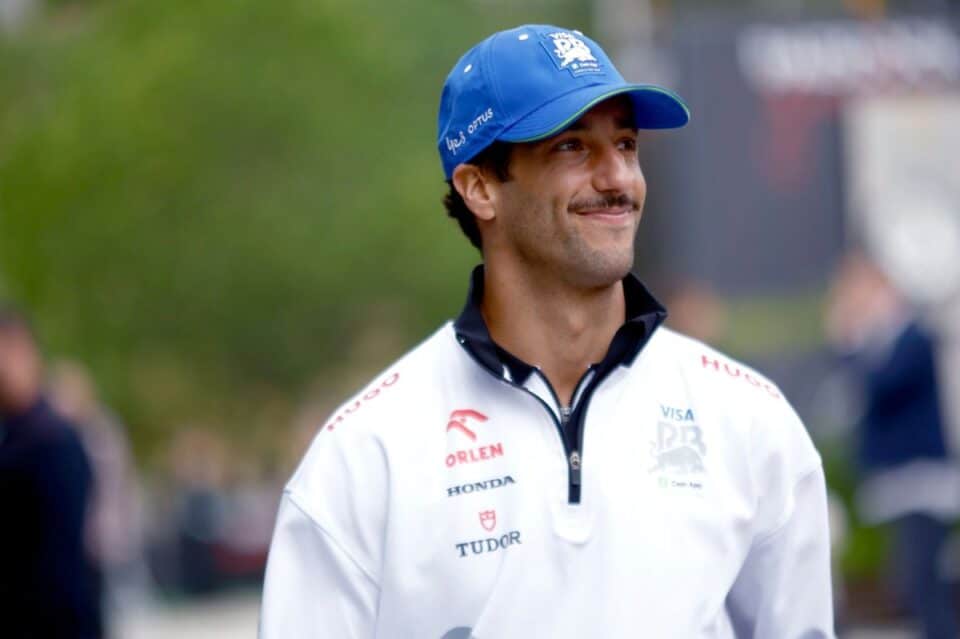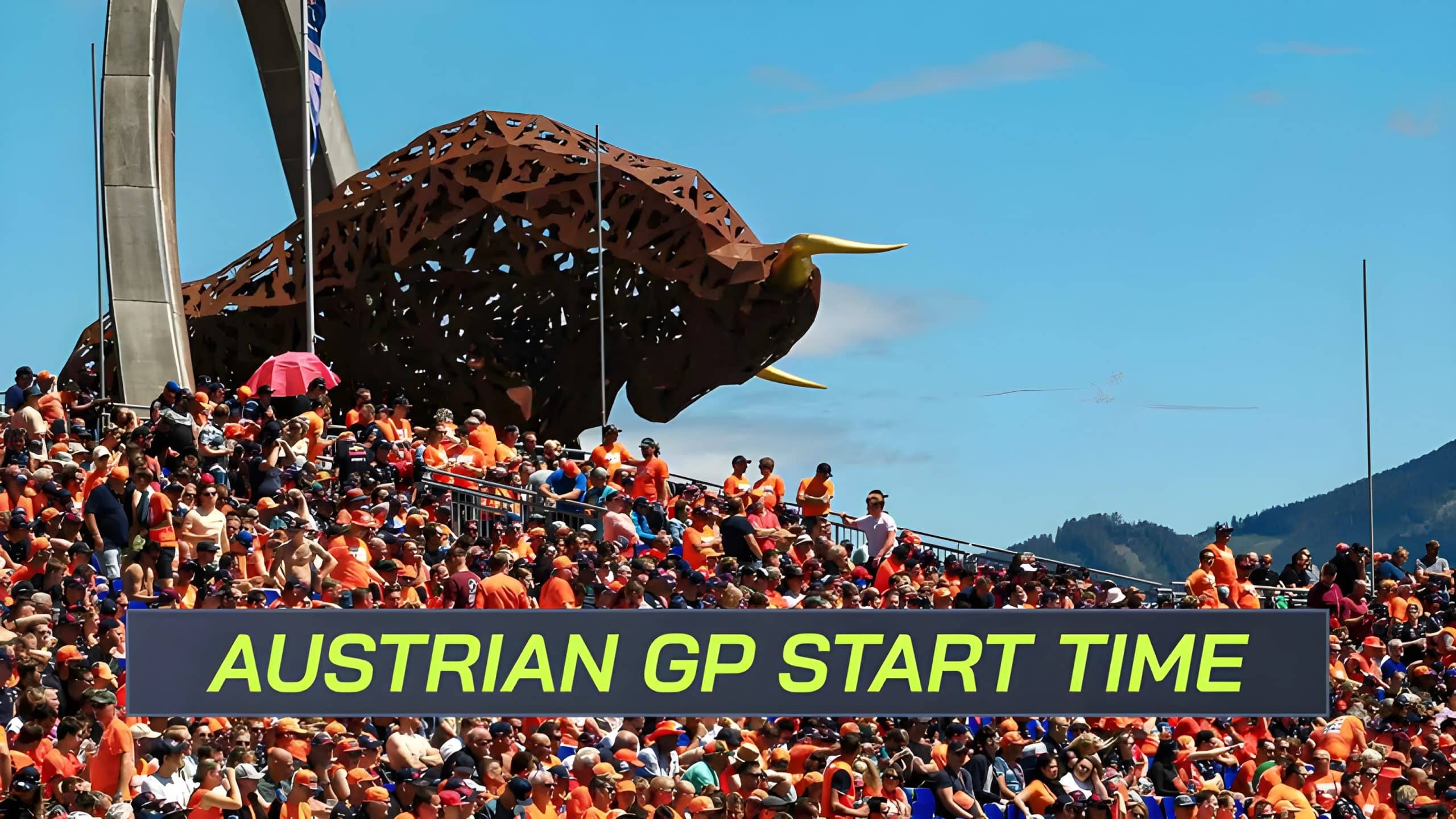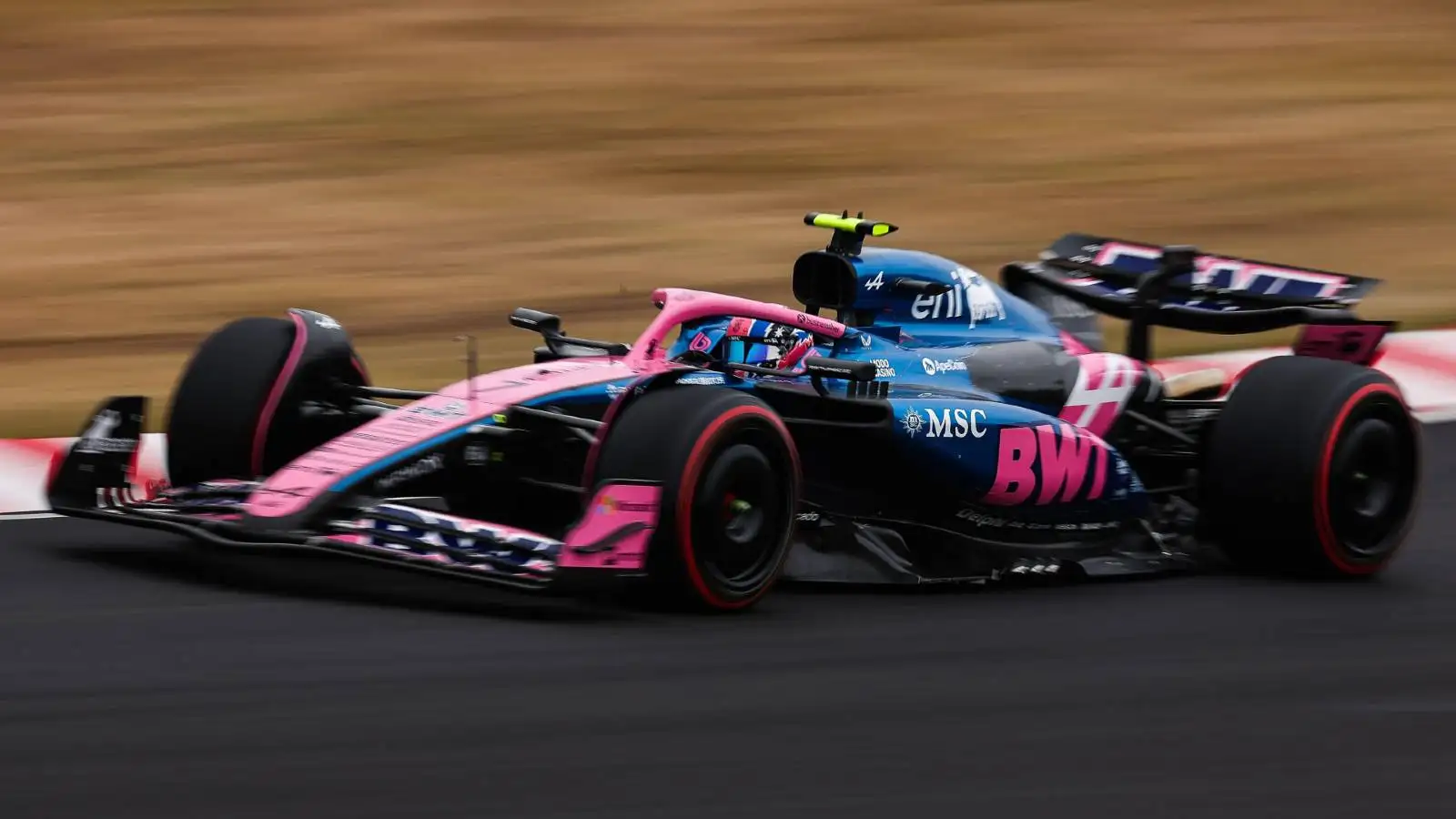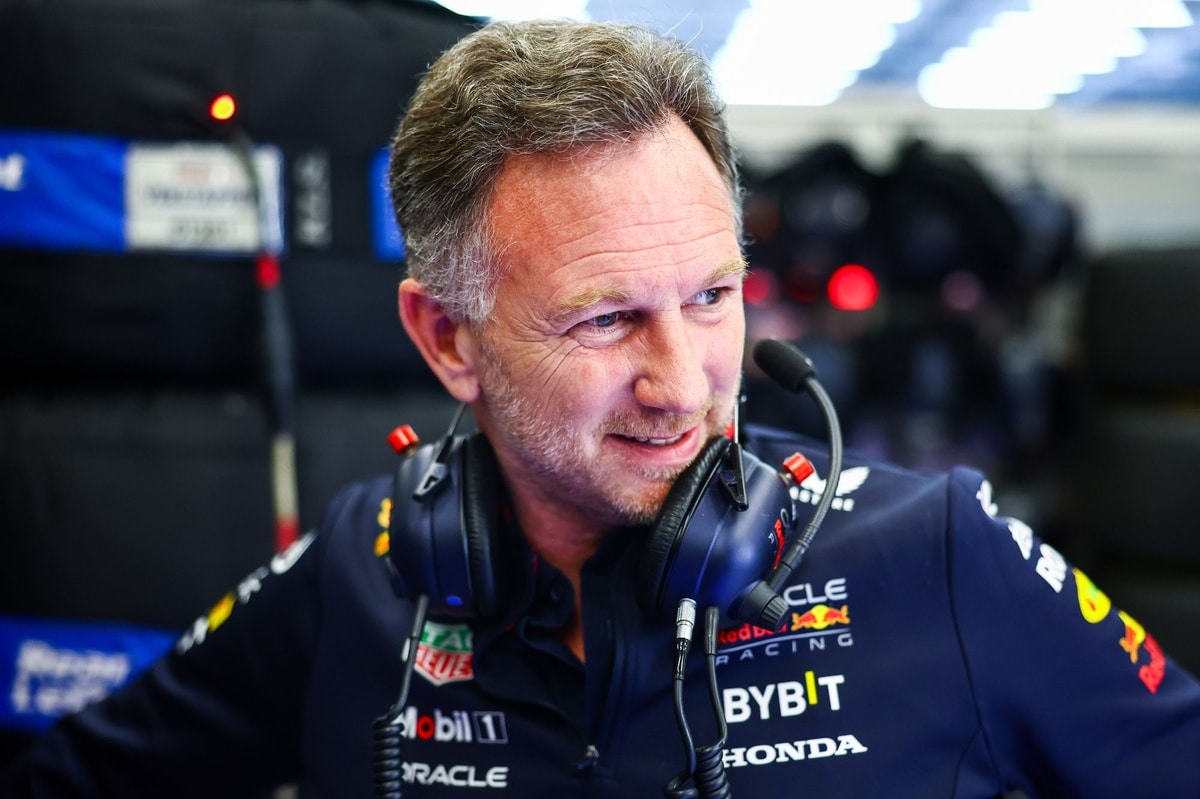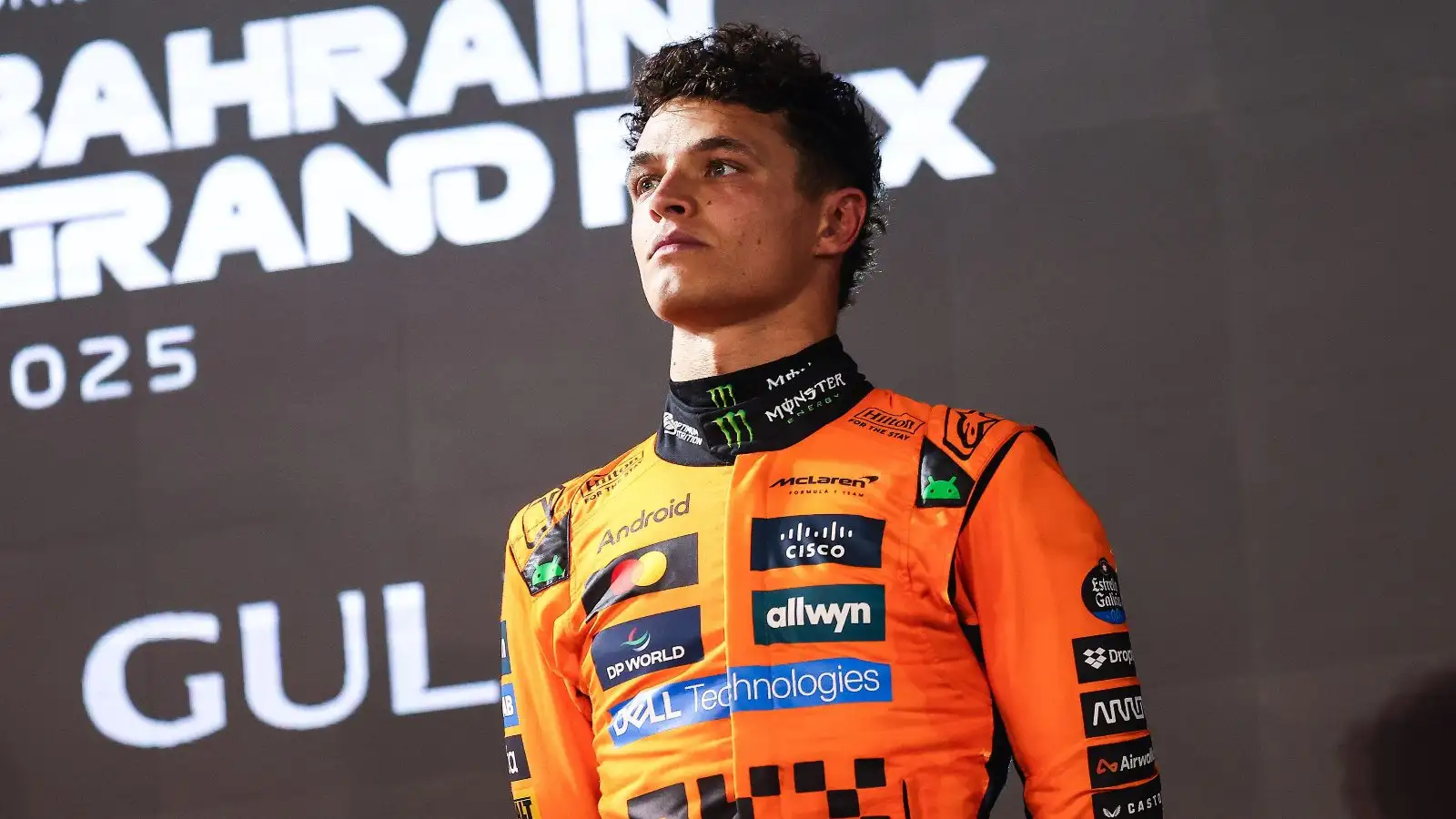Last weekend’s Formula 1 race in Monte Carlo left many fans and pundits feeling a bit underwhelmed. With the top ten drivers finishing in the exact positions they started, calls for changes to spice up the event have grown louder.
Mercedes driver George Russell suggested an intriguing idea: what if the Monaco Grand Prix only used soft tyres, instead of the usual three compounds? The rationale is to introduce an element of jeopardy that could shake things up.
Pirelli’s head of car racing, Mario Isola, has said he is open to exploring this idea by getting teams to provide simulation data. However, Isola is not entirely convinced it will significantly change the dynamics of the race. “I’ve heard the proposal and I spoke to George actually, who told me about it,” Isola shared. “We can ask the teams to make a simulation and see what happens. But in 2018, when they were running softer tyres, if I remember well, they were running eight seconds slower than the potential of the tyres, which was F2 pace.”
Isola cautioned that running with only softer tyres might not necessarily lead to more pitstops but could exacerbate tyre conservation issues. “The problem in Monaco is that you cannot overtake, so you can slow down by 2/3/4 seconds per lap and nobody can get past you,” Isola explained. “What is important, in my opinion, is that we have to consider not just the tyres, but why a team decides to stop or not. It is a combination of tyre degradation, how easy it is to overtake, and the time you spend in a pit stop. Imola is a good example, because if you take 28 seconds for an additional pit stop, you try to not take it.”
Suggestions of mandating a minimum number of pitstops have also been raised but Isola believes this won’t add value. “Many years ago, when there was this proposal [to force two stops], we had the discussion and teams asked their strategy engineers to make a simulation. The result was that everyone came back with more or less the same strategy,” he recalled. “By adding constraints, we are not pushing them to have different strategies but to converge to the same one. This is not what we want. What we want is to have a mix of one stop and two stops, with different compounds used.”
So, what’s the solution for Monaco? According to Isola, “A wider circuit – but you cannot destroy buildings in Monaco. What we want is to have a mix of one stop and two stops, with different compounds used.” He further noted, “It is a unique race where everything is decided on Saturday with qualifying, unless something unpredictable happens. But for other street circuits, if we go softer, maybe we can change the approach and open a two-stop strategy where we have one. I’m thinking about the other street circuits like Miami and Las Vegas, the new ones.”
In a related development, Pirelli has nearly finalized construction of next year’s new slick tyres aimed at reducing overheating, following a test at Paul Ricard. An additional softer compound, C6, will also be introduced specifically for street circuits, responding to the increasing number of such venues in the calendar. “The idea is also to introduce a new C6 compound, a softer one, because in the calendar we have more and more street circuits and we need softer compounds,” Isola said. “We are going to move the range a little bit on the soft side, and always trying to reduce the overheating.”
While the idea of a soft-tyre-only Monaco Grand Prix remains under consideration, Pirelli and Formula 1 teams have many factors to evaluate. Whether it will truly make the race more exciting is still up for debate.
Source: Motorsport
